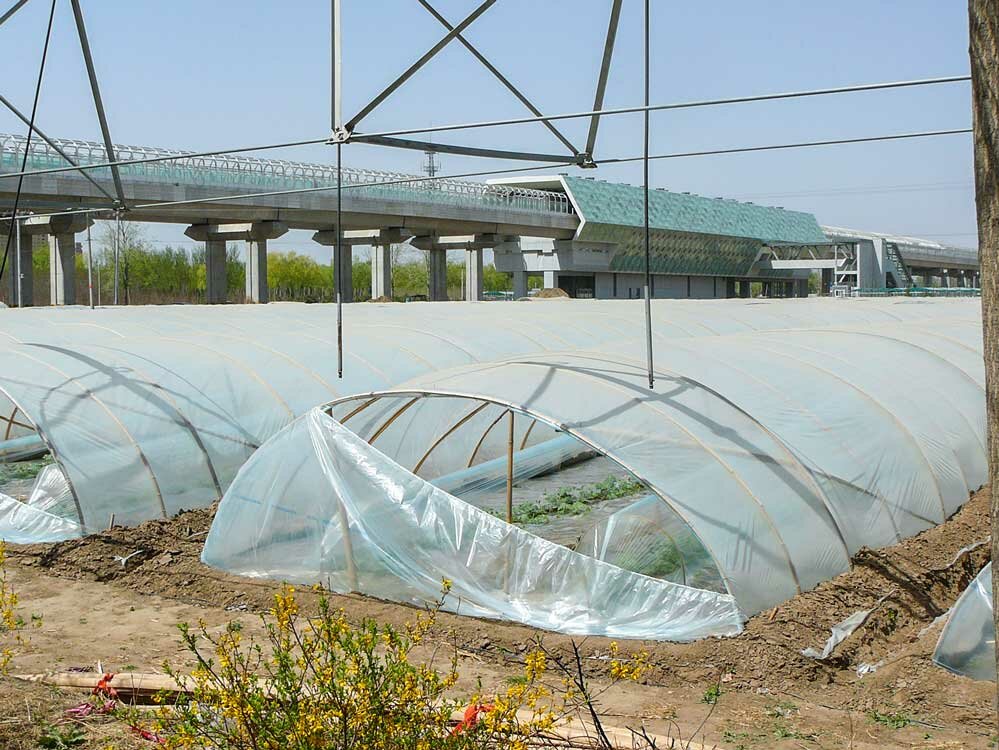China: Agricultural microchips
By Dr Eva Sternfeld, German-Chinese Agricultural Centre, Beijing
China is planning for the long term. Last October, the outlines of the five-year plan from 2021 to 2025 were sketched out at a Communist Party plenum. Against the backdrop of the ongoing trade dispute with the USA and a rapprochement between the EU and the Biden administration feared by China, this will do everything to make the country even more self-sufficient economically and technologically. There is talk of a "dual cycle system", of two independent cycles: the internal one of the domestic economy and the external one of the global markets. While the aim is to achieve a high degree of self-sufficiency for the domestic economy, at the same time the aim is to further increase global sales of Chinese products. To achieve these goals, the Chinese government will invest in particular in the research and development of new technologies. This focus is also reflected in agriculture.
"Agriculture microchips"
It aims to build an efficient and internationally leading industry for "microchips of agriculture", as seeds and animal genetics are referred to in publications. Currently, China sources about 10% of its maize seeds and 13% of its vegetable seeds from international producers. In the vegetable sector, China is heavily dependent on imports, especially for greenhouse varieties. For cereals, the situation looks more favourable from the Chinese point of view, because here the seeds come mainly from domestic production, although the yields are lower in international comparison. Up to now, funds for research and development have been rather limited. According to Chinese data, the entire Chinese seed industry had less than half the funds available that Bayer Crop Science, for example, invests. This is now to change.
Seed strategies
The seed strategy focuses on expanding gene banks and strengthening cooperation between research institutes and the seed industry. One lighthouse project is the establishment of the Nanfan Centre for Seed and Animal Genetics on the southern Chinese island of Hainan. The establishment of the centre, which the Chinese press calls the "Silicon Valley of seed and animal breeding", is expressly aimed not only at improving domestic supply, but also at export to neighbouring countries in South and Southeast Asia.
The call for innovative research also includes increased promotion of domestic agro-genetic engineering. In early January, the Chinese Ministry of Agriculture published a list of genetically modified maize varieties developed in China that have received approval for cultivation in China's most important maize-growing regions. For example, varieties developed by the company Beijing Dabeinong (DBN), which specialises in pig breeding and grain cultivation, were approved. DBN9936 is resistant to the European corn borer and tolerates glyphosate. Another variety approved is DBN 9858, which is intended to prevent the development of pest resistance. However, there is no indication that China, having approved genetically modified seeds developed in China, would now open its market to GMO varieties developed by international companies.
Strategies for animal husbandry
In livestock farming, dependence on international companies is currently far greater. In the case of Holstein cattle, which are preferred in dairy farming, 80 % of the animals used in China come from imported animal genetic resources. In pig farming, too, the internationally common breeds have displaced Chinese pigs in many places. On average, China imports 10 000 breeding sows per year. There was even more demand last year due to the dramatic slump caused by African swine fever, which reduced China's pig population by almost 300 million animals in 2019. Breeding animals were flown in from abroad to regenerate the stock as quickly as possible. With a share of almost 40 %, Denmark is the leading supplier; other important supplier countries are France, Germany, the USA and Great Britain.
This dependence on the international market is now being countered with model projects. In Jingmen in Hubei Province, a model farm is being set up under the leadership of the Hubei Academy of Agricultural Sciences and a company specialising in animal genetics. The aim of the project is to preserve endangered local pig breeds by using cloning techniques and to break the foreign monopoly on the most important pig breeds, thus making China's pig industry less dependent on international trade relations.




